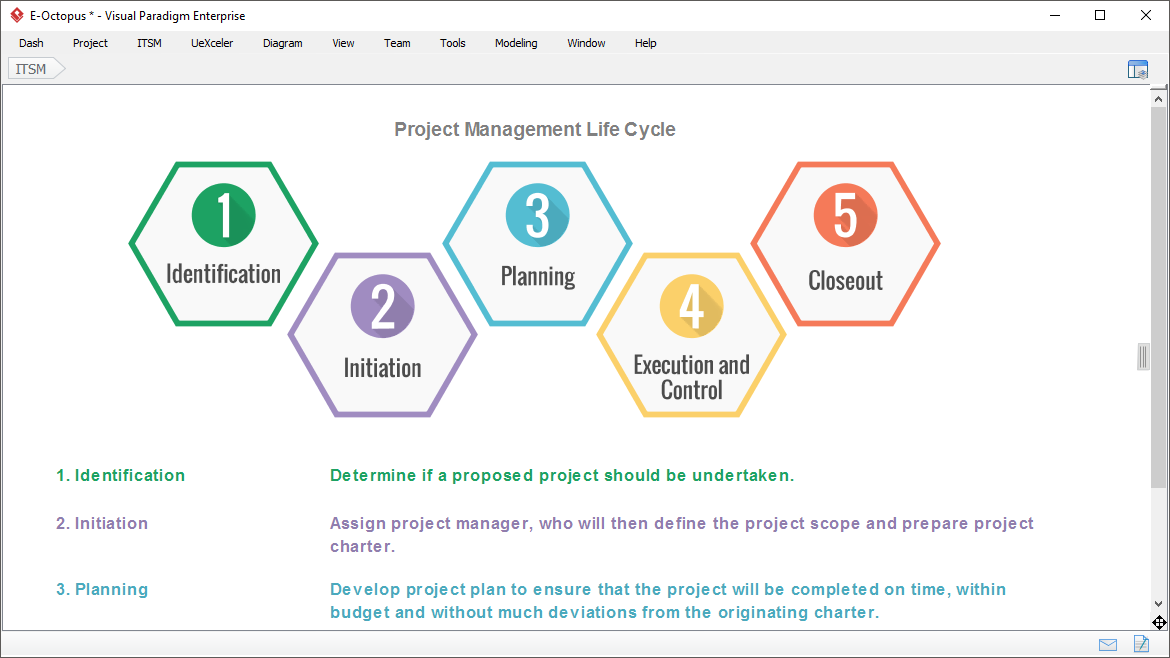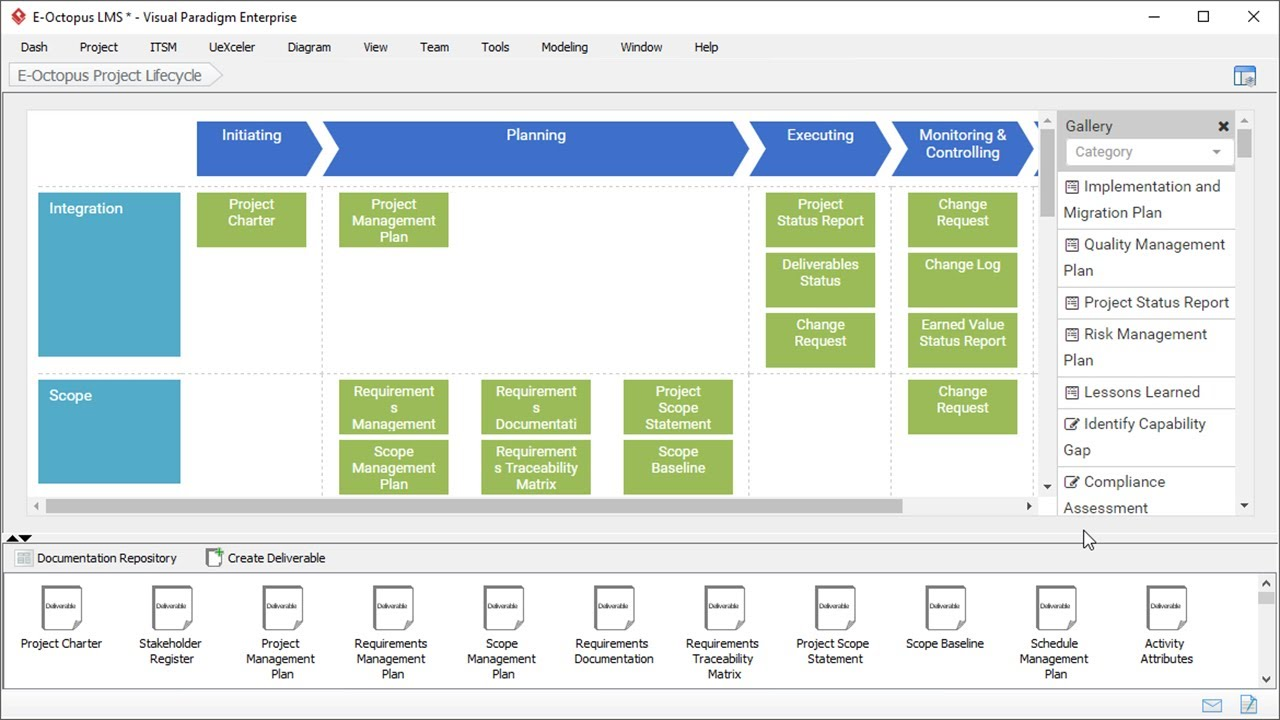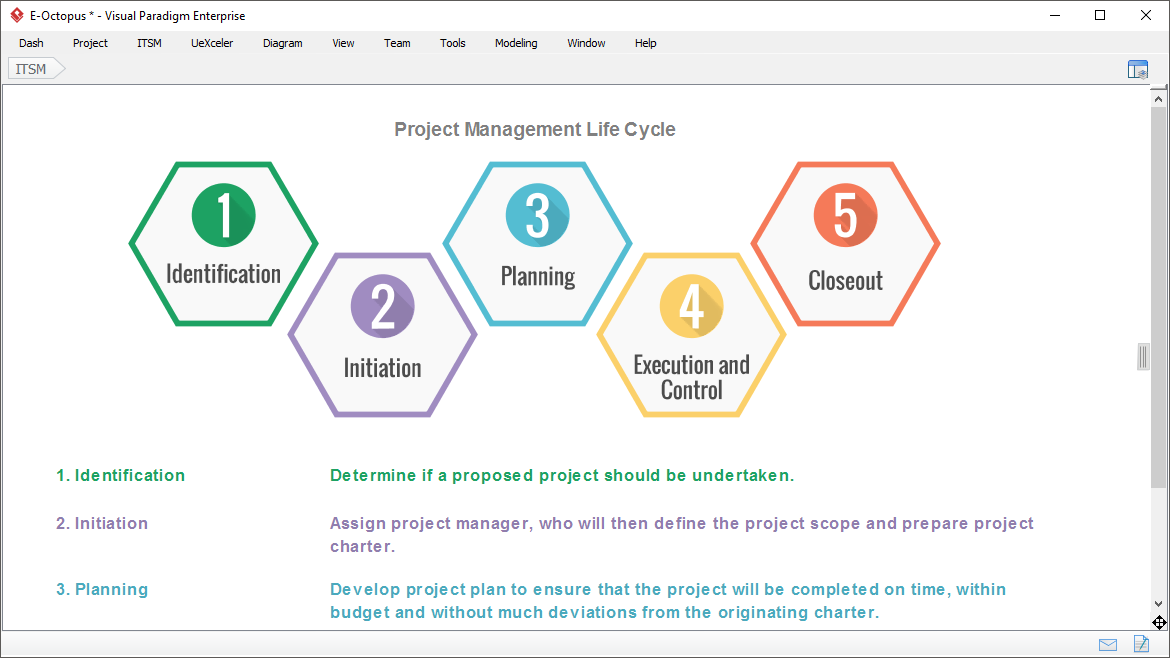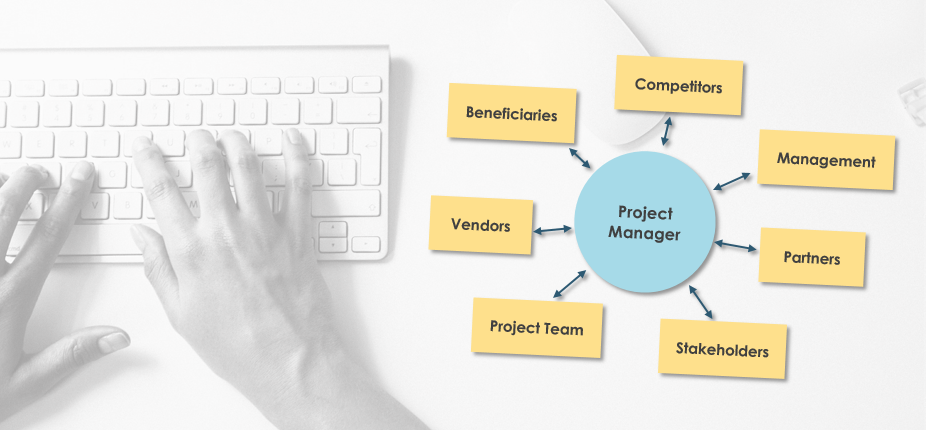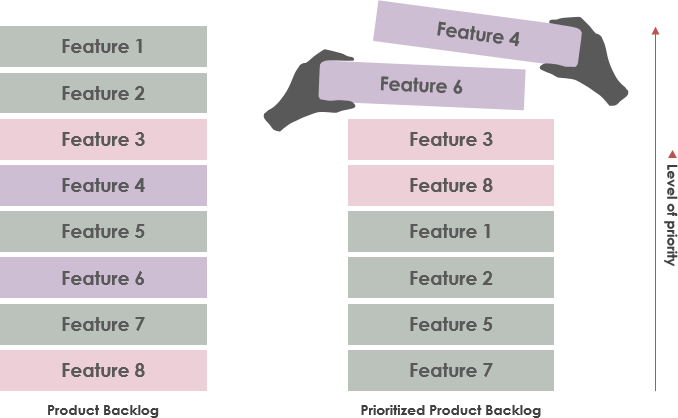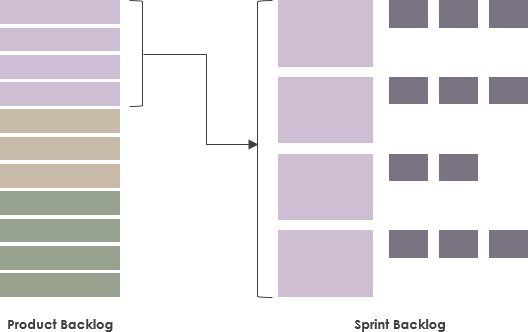Home » Project Management
Introduction Project management is a critical discipline in today's dynamic business environment. It ensures that organizations efficiently utilize resources, meet their goals, and adapt to changing circumstances. Two widely used project management methodologies, the Project Management Body of Knowledge (PMBOK) and Agile, have gained prominence over the years. Each approach has its unique strengths and weaknesses, making them suitable for different project types and organizational contexts. In this article, we will explore the differences between PMBOK and Agile methodologies, examining their respective strengths and weaknesses. PMBOK (Project Management Body of Knowledge): PMBOK is…
continue reading →
Introduction Project management and enterprise architecture are two critical disciplines that play pivotal roles in shaping the success and efficiency of organizations. The Project Management Body of Knowledge (PMBOK) and The Open Group Architecture Framework (TOGAF) Architecture Development Method (ADM) are two widely adopted frameworks that help professionals manage projects and develop enterprise architectures, respectively. In this article, we will delve into the definitions, principles, and key differences between PMBOK and TOGAF ADM, supported by real-world examples to illustrate their applications. PMBOK: Managing Projects Effectively The Project Management Body of Knowledge (PMBOK) is…
continue reading →
Introduction Starting a small project may seem simple, but effective project management is crucial to ensure its success. The Project Management Body of Knowledge (PMBOK) provides a structured framework to plan, execute, and control projects. In this beginner's guide, we will walk you through the essential steps for kickstarting a small project using PMBOK principles. Define Your Project: Start by clearly defining the project's objectives and scope. What is the goal of your project? What are the boundaries of the project, and what is not included? Identify key stakeholders, including team members, sponsors,…
continue reading →
The Project Management Body of Knowledge (PMBOK) is a widely recognized and comprehensive guide to project management. Developed by the Project Management Institute (PMI), PMBOK provides a structured framework for managing projects effectively. In this tutorial, we will explore the key concepts of PMBOK with examples to help you understand and apply project management principles in real-world scenarios. 1. Introduction to PMBOK PMBOK is divided into two main components: process groups and knowledge areas. It outlines a systematic approach to managing projects, emphasizing the importance of standardized processes and knowledge areas. 2. Project…
continue reading →
Introduction Project management is a critical discipline in today's business and organizational landscape, aiming to achieve specific goals within defined constraints. To streamline project management practices and provide a standardized framework for professionals, the Project Management Institute (PMI) introduced the Project Management Body of Knowledge (PMBOK). In this article, we'll delve into what PMBOK is, how it aids project management, and how it compares to other similar approaches. What is PMBOK? PMBOK, an acronym for the Project Management Body of Knowledge, is a comprehensive guidebook developed by PMI, a globally recognized organization dedicated…
continue reading →
Introduction In the ever-evolving landscape of business, both small startups and large enterprises are constantly juggling multiple projects, tasks, and teams. The cornerstone of successful project management lies in having the right tools at your disposal. Visual Paradigm, with its cutting-edge project management software, offers an unparalleled solution to streamline your projects and ensure they stay on the path to triumph. Project Management: A Necessity for Today's Businesses In the past, project management was often associated with nothing more than a pencil, a sheet of paper, and a methodology. However, times have changed,…
continue reading →
In the dynamic realm of software development, project management is the keystone to success. Visual Paradigm doesn't just help you visualize your projects; it empowers you to manage them efficiently and effectively. With a robust suite of project management tools, Visual Paradigm is your ticket to achieving better results and streamlining your software development projects. Navigate the Project Management Lifecycle with Precision Visual Paradigm provides a clear map of the project management lifecycle, with hotspots connecting all the planning, execution, and control activities. Say goodbye to the confusion of scattered tasks and activities.…
continue reading →
The Product Backlog is a critical component of Agile product development. It is a living document that lists all features, functions, requirements, enhancements, and fixes that need to be developed for the product release. Effective Product Backlog Management is essential to ensure that the product meets the needs of its users and stakeholders. The DEEP framework is a set of guidelines that can help teams manage the Product Backlog effectively. What is a DEEP Framework DEEP stands for Detailed Appropriately, Estimated, Emergent, and Prioritized. Each item in the Product Backlog should be detailed appropriately, estimated in story points, emergent, and prioritized based…
continue reading →
Product Backlog Planning vs Sprint Planning Agile methodology has become the go-to approach for software development projects, thanks to its flexibility and iterative approach. One of the core elements of agile methodology is the use of a product backlog and sprint planning. These two terms are often used interchangeably, but they refer to distinct activities in the agile development process. In this article, we will explore the difference between product backlog planning and sprint planning. Product Backlog Planning The product backlog is a prioritized list of features, enhancements, and bug fixes that the development team will work on over the course of the…
continue reading →
Libraries are continually seeking innovative ways to improve their services and meet the evolving needs of their patrons. In order to achieve this, many libraries are turning to Agile project management methodologies to guide system development. One critical component of any Agile project is a well-managed product backlog, which serves as a prioritized list of features and functionalities that the library intends to implement. This article will explore best practices for product backlog planning specific to libraries, including involving stakeholders throughout the process, maintaining transparency and visibility of the backlog, and regularly reviewing and adjusting…
continue reading →

